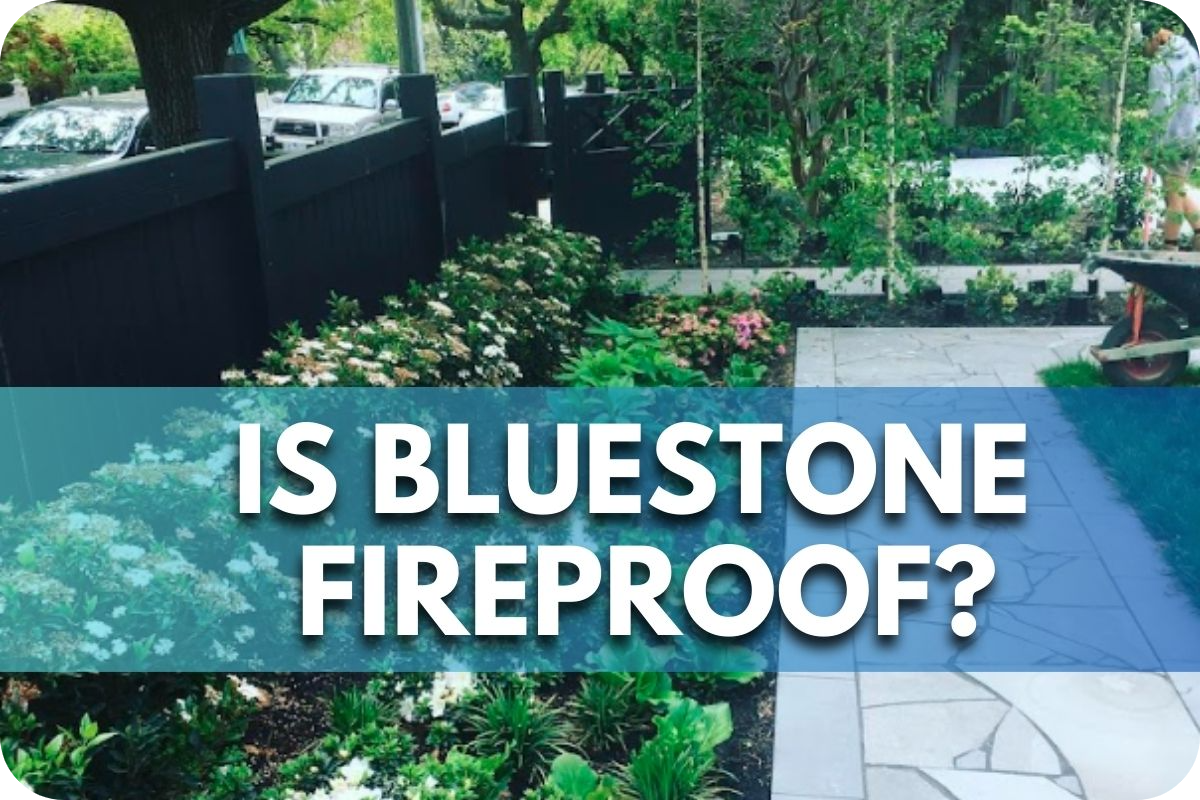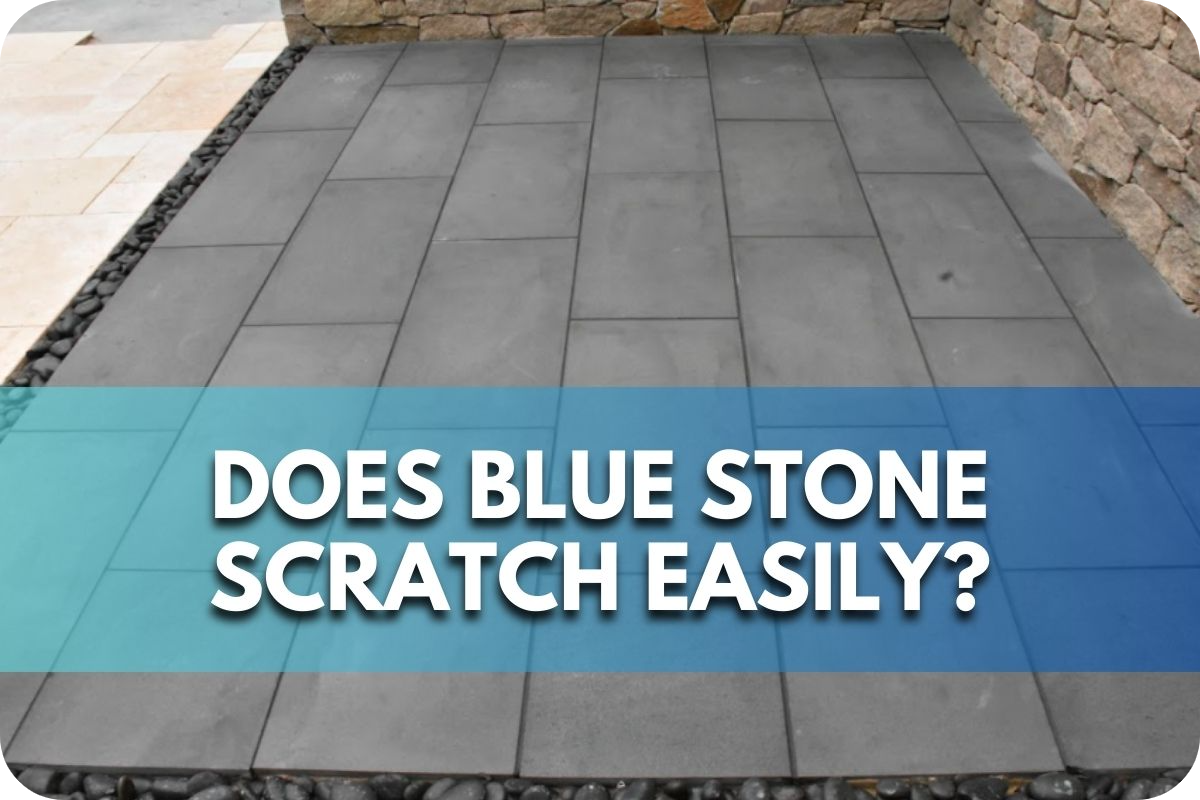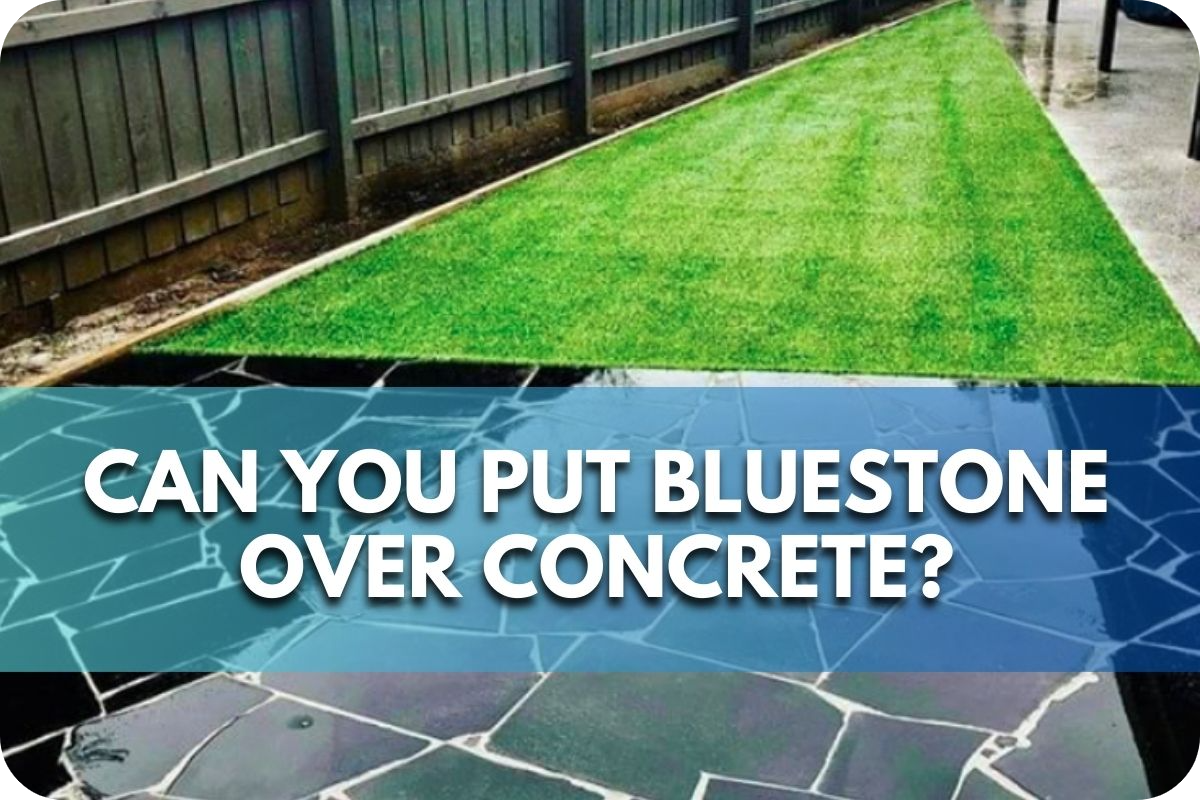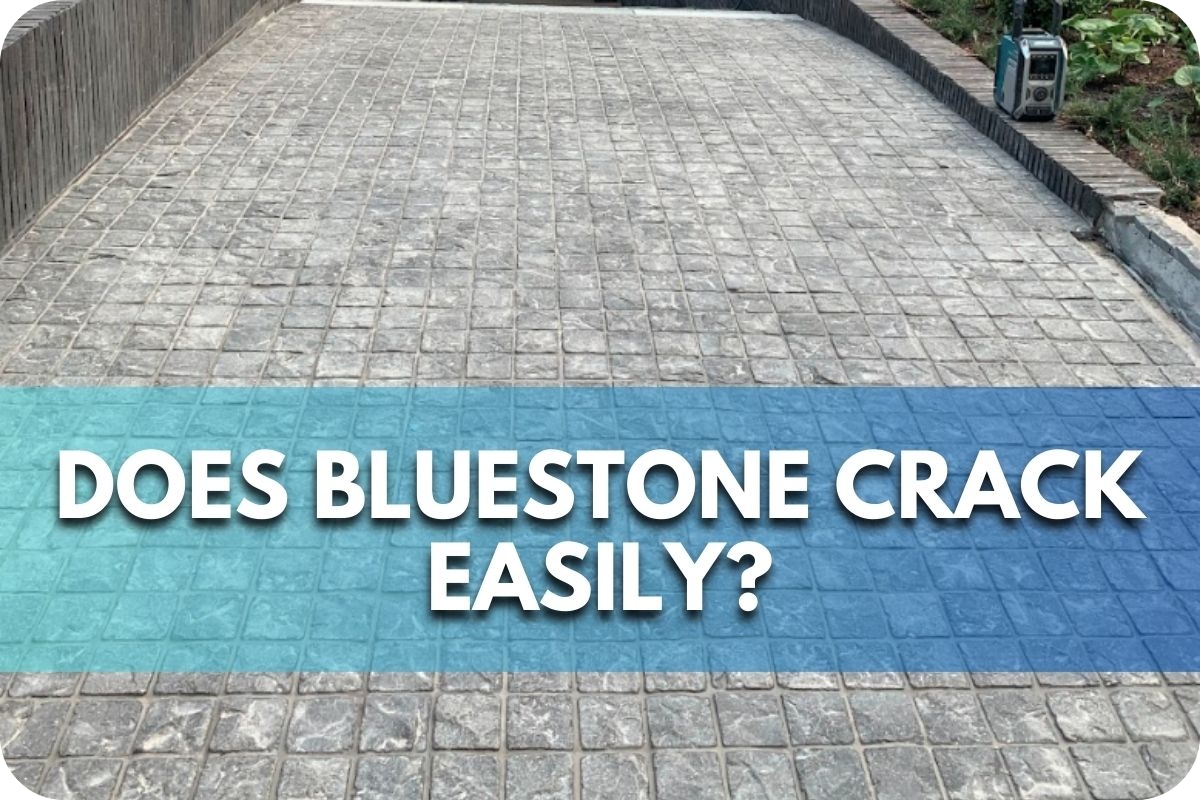Is Bluestone Fireproof?
Selecting fire-resistant materials is crucial for safety in construction, yet the fireproof qualities of many popular materials are not well-known.
Inadequate knowledge can lead to using materials that jeopardise safety, increasing the risk of fire damage. This uncertainty is particularly significant in areas prone to heat exposure or wildfires.
This article examines the fire-resistant properties of Bluestone, a popular building material. We’ll explore why Bluestone’s inherent characteristics make it an excellent choice for ensuring safety against fires in various construction projects.
Is Bluestone Fireproof?
Yes, Bluestone is fireproof. Its dense composition and natural stone materials allow it to withstand high temperatures without sustaining damage. This makes Bluestone an excellent choice for applications requiring fire resistance, such as near fireplaces, kitchens, and outdoor areas exposed to heat. It ensures safety and durability in fire-prone environments.
Properties of Bluestone
Bluestone, a highly durable stone, primarily consists of dense, fine-grained materials such as sandstone or limestone, depending on the region it is quarried from. This stone is known for its characteristic blue to dark grey colour, often appearing even richer when wet.
Its composition includes a mix of quartz, feldspar, and other mineral grains tightly compacted under high pressure, contributing to its high density and low porosity. These properties are crucial as they minimise water absorption and increase the stone’s longevity and resistance to environmental elements.
In terms of fire resistance, a material’s ability to qualify as fireproof or fire-resistant hinges on its capacity to withstand high temperatures without degrading or contributing to flame spread. Bluestone excels in this regard due to its inherent density and composition. The stone’s dense structure inhibits air and moisture permeation, catalysing fire degradation.
The natural minerals in Bluestone have high melting points, which enable the stone to endure intense heat without significant structural damage, making it ideal for fire-prone areas such as hearths, walkways, and outdoor kitchens.
Thus, Bluestone’s natural attributes lend aesthetic value and provide functional safety benefits, making it a preferred choice in residential and commercial constructions that require fire-resistant materials.
Fire Resistance of Bluestone
Bluestone’s fire resistance is one of its most valued properties, making it a preferred choice for areas that must adhere to strict building safety regulations.
Due to its dense composition and natural stone materials, Bluestone can withstand temperatures up to around 600 degrees Celsius without compromising its structural integrity. This resistance is primarily due to the stone’s low porosity and compact mineral structure, which prevent rapid temperature changes that typically cause materials to weaken or fracture.
Bluestone’s fire-resistant capabilities are significantly superior to other common building materials.
Wood, for example, is highly flammable, potentially catching fire at temperatures as low as 150 degrees Celsius.
Vinyl, another popular choice for its aesthetic versatility and cost-effectiveness, also lacks fire resistance; it can release harmful toxins when exposed to fire and begins to melt and warp at relatively low temperatures.
Other stones, such as granite or marble, exhibit good fire resistance, but Bluestone often stands out regarding thermal stability and durability.
While materials like marble can crack under intense heat due to its veined structure, Bluestone maintains its form, ensuring its functional and aesthetic integrity remains intact even when exposed to fire. This makes Bluestone safer and more reliable in fire-prone environments than wood, vinyl, and other stonework.
Applications of Bluestone in Fire-Prone Areas
Bluestone is highly valued in construction for its robust fire-resistant properties, making it a strategic choice for use in fire-prone areas.
Here are some specific applications and design strategies that leverage Bluestone for enhanced fire safety:
- Fireplace Surrounds and Hearths: Bluestone is commonly used for fireplace surrounds, hearths, and mantels because it can withstand high temperatures without damage. Its thermal stability ensures the stone does not crack or weaken despite the intense heat, providing a durable and safe barrier containing the fire.
- Exterior Cladding: In areas prone to wildfires, using Bluestone as exterior cladding can help protect buildings’ structural integrity. Bluestone’s density and fire resistance can prevent flames from spreading to the internal structures, offering a first line of defence against fire. It also acts as a thermal barrier, keeping the interior cooler during a fire.
- Pathways and Landscaping Features: Designing pathways, patios, and other landscaping features with Bluestone enhances aesthetic appeal and reduces fire risk. Bluestone’s composition makes it a poor conductor of heat, preventing pathways from becoming heat conduits that could spread fire across the property.
Testing and Standards
Specific testing methods, adhering to established standards, are employed to determine the fire resistance of building materials like Bluestone. These tests evaluate how materials react to heat and flames, assessing properties such as flame spread, smoke production, and integrity when exposed to extreme temperatures.
One common test is the ASTM E119, which measures a material’s ability to withstand fire exposure while maintaining structural performance. This test evaluates the duration for which a material can prevent the passage of flames and high temperatures, which is critical for ensuring safety in construction applications.
As a natural stone, Bluestone is inherently fire-resistant and typically meets or exceeds the requirements set by these testing protocols.
Although specific certifications can vary based on the stone’s source and treatment, Bluestone generally aligns with the Class A fire rating under ASTM E84 standards, which assesses surface burning characteristics. This rating indicates that Bluestone has a flame spread index of 0-25, making it highly resistant to fire propagation.
Maintenance and Care
Maintaining Bluestone to preserve its fire-resistant properties involves straightforward, regular care routines that enhance its longevity and performance, particularly in safety-critical applications.
- Regular Cleaning: Bluestone should be cleaned periodically to remove dirt, debris, and accumulations that could trap moisture. Use a mild detergent and a soft brush to scrub the surface gently. Avoid acidic cleaners as they can etch the surface of the stone. Rinsing with clean water after washing helps prevent residue build-up.
- Sealing: Although Bluestone is naturally dense and less porous than other stones, applying a sealant can further enhance its resistance to moisture and stains. Sealing the stone every two to three years, depending on exposure to weather and foot traffic, can help maintain its condition and prevent any deterioration that might compromise its fire resistance.
- Inspection: Regular checks for any signs of cracking, chipping, or other wear are crucial. Damage to the stone can affect its integrity and potentially reduce its fire-resistant properties. Early detection allows for timely repairs or replacements to ensure the stone performs effectively as a fire-resistant material.
- Avoidance of Thermal Shock: Although Bluestone is heat resistant, sudden changes in temperature can stress the material. To prevent thermal shock, avoid placing scorching items directly on Bluestone surfaces, especially if the stone is cold.
Conclusion
Bluestone’s excellent fire resistance makes it a standout choice for enhancing building safety, particularly in fire-sensitive areas. Its ability to withstand high temperatures while maintaining structural integrity offers peace of mind in construction projects.
For those seeking safe and durable materials, Bluestone proves to be a reliable option. Consider its potential for your next project to ensure robust fire protection.






